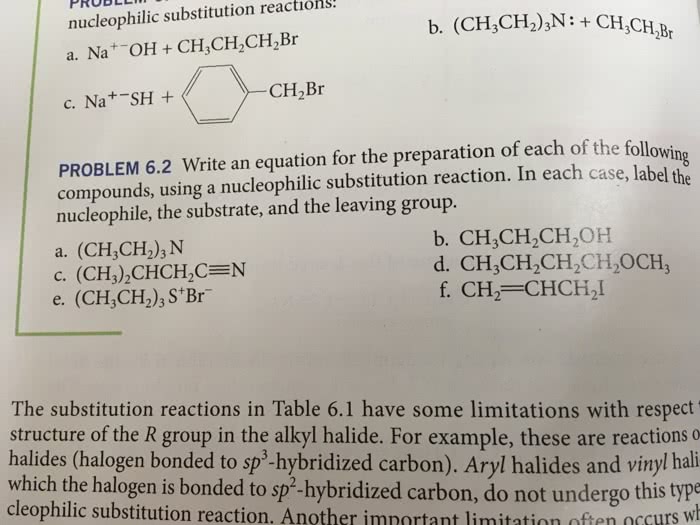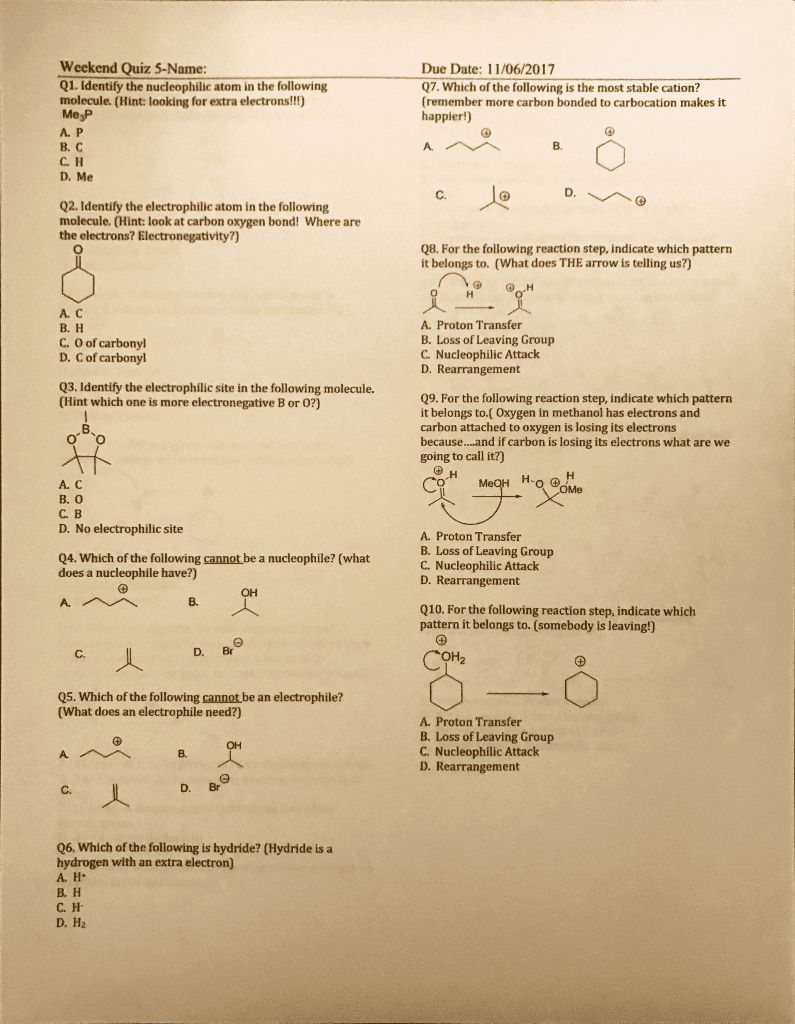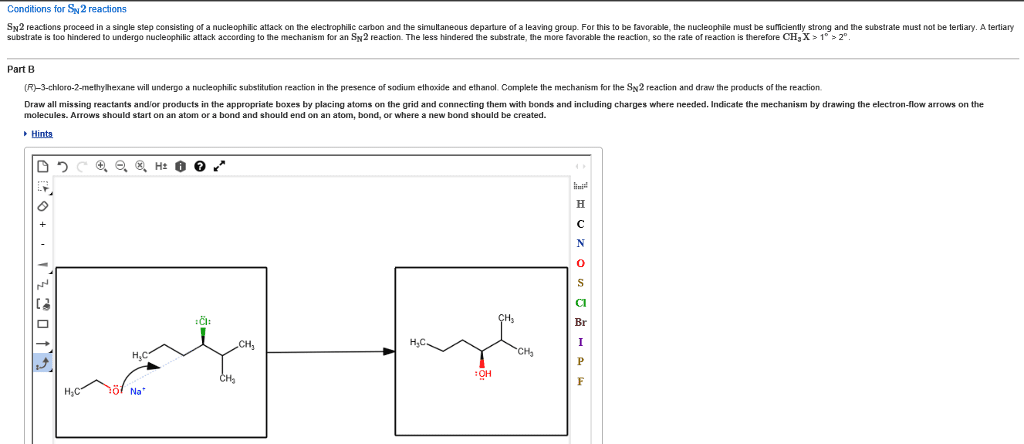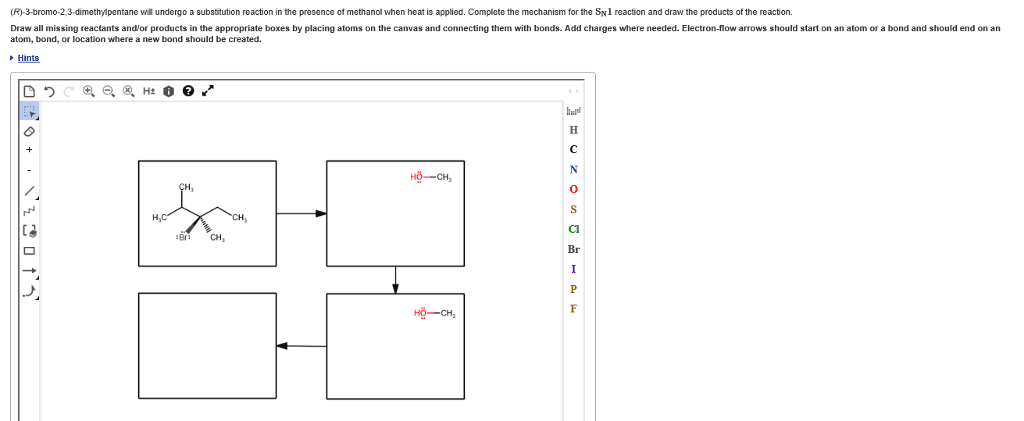CHEM 1220 Chapter Notes - Chapter 27: Addition Reaction, Substitution Reaction, Electrophilic Substitution
Document Summary
27. 1 organic reactions: organic compounds undergo a variety of reactions. Nucleophile attacks the electrophilic carbon atom of the substrate yielding product and a leaving group. A leaving group is the substituent that is displaced from the electrophilic carbon. Basticity is a measure of the tendency of an electron pair donor to react with a atom during the reaction. proton. 1 unimolecular rate-determining step involving the formation of a carbocation. Introduction to elimination reactions: under appropriate conditions, haloalkanes undergo elimination reactions to form alkenes, major elimination product is the one that is the most highly substituted, e1 reaction is an elimination reaction with a unimolectular rate-determining step. Involving carbocation formation followed by removal of a proton from the beta carbon atom: e2 is a bimolecular reaction. They compete with nucleophilic substitution reactions. and e1 reactions always occur together. The use of a strong base favors elimination by e2.







